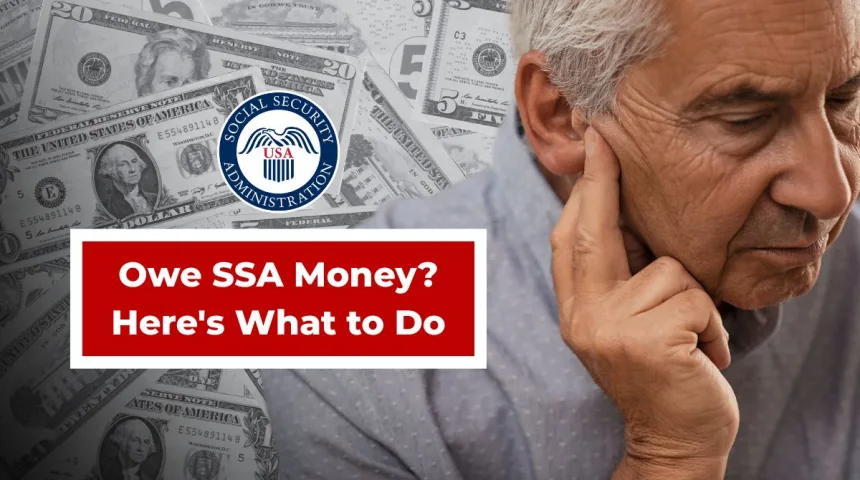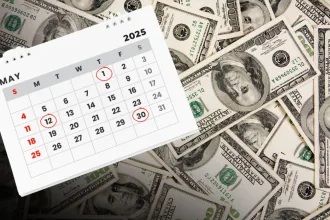Social Security benefits are supposed to offer peace of mind not surprise debt. But in 2025, thousands of Americans are opening their mailboxes to find unexpected letters from the Social Security Administration (SSA) demanding repayment of past benefits.
For many, the letter claims they were overpaid by hundreds or even thousands of dollars, often due to mistakes they didn’t make or didn’t know about.
If you’ve received an SSA overpayment notice, or want to be ready in case you do, this article breaks down what’s going on and what you can do next.
What Is a Social Security Overpayment?
An overpayment happens when the SSA believes it paid you more than you were legally allowed to receive. This can apply to:
- SSI (Supplemental Security Income)
- SSDI (Social Security Disability Insurance)
- Retirement Benefits
Even a small error in your income reporting, work status, or living situation can trigger an overpayment notice — sometimes years after the money was paid.
Common Reasons for Overpayments in 2025
Here are the most common triggers we’re seeing this year:
- Returning to work without reporting income changes properly
- Failing to report changes in household size or marital status (especially for SSI)
- Receiving other government benefits that SSA didn’t factor in
- SSA’s own internal processing delays or errors
- Bank or direct deposit issues, where duplicate payments were made
Even if the mistake was due to SSA’s error, they can still ask for repayment unless you successfully appeal or request a waiver.
What’s in the Overpayment Letter?
If you’ve received one of these letters, it likely says:
- How much SSA thinks you were overpaid
- The dates the overpayment occurred
- Why they believe the overpayment happened
- Instructions for repayment, appeal, or waiver
- A 30-day deadline to respond
⚠️ Many beneficiaries are shocked to see balances of $5,000 or more especially when the payments were spent long ago on rent, medication, or food.
What to Do If You Receive One
1. Don’t Ignore It
You must respond. If you don’t, SSA may begin withholding your monthly benefits to recover the debt.
3. Ask for a Waiver
Use Form SSA-632 to ask SSA to forgive the overpayment if:
- It wasn’t your fault
- Paying it back would cause hardship (e.g., you can’t pay rent or buy food)
SSA may cancel the debt but you must provide evidence.
3. File an Appeal
If you think SSA is wrong, file Form SSA-561 within 60 days of receiving the notice. This tells SSA to re-review the case.
📌 Tip: You can ask for an in-person or phone hearing to explain your side.
4. Set Up a Payment Plan
Even if you agree with the overpayment, you can ask SSA to let you repay gradually. Some people qualify for monthly deductions as low as $10–$25.
Real-Life Example:
Sharon, a 67 year old widow in Ohio, received a notice claiming she owed $3,200 due to a “miscalculated spousal benefit.” She had no idea the SSA had calculated it incorrectly. With the help of a local legal aid office, she filed a waiver and the full amount was forgiven.
Need Help?
- Call the SSA at 1-800-772-1213
- Visit your local SSA office
- Contact a legal aid center or disability advocate in your state
- Use online resources like NOSSCR to find support
Final Thoughts
The overpayment crisis in 2025 is affecting thousands of vulnerable Americans. If you’re one of them, you’re not alone and you have options.
Don’t let confusion or fear stop you from fighting back. With the right steps, you can appeal, reduce, or even cancel what you owe.















